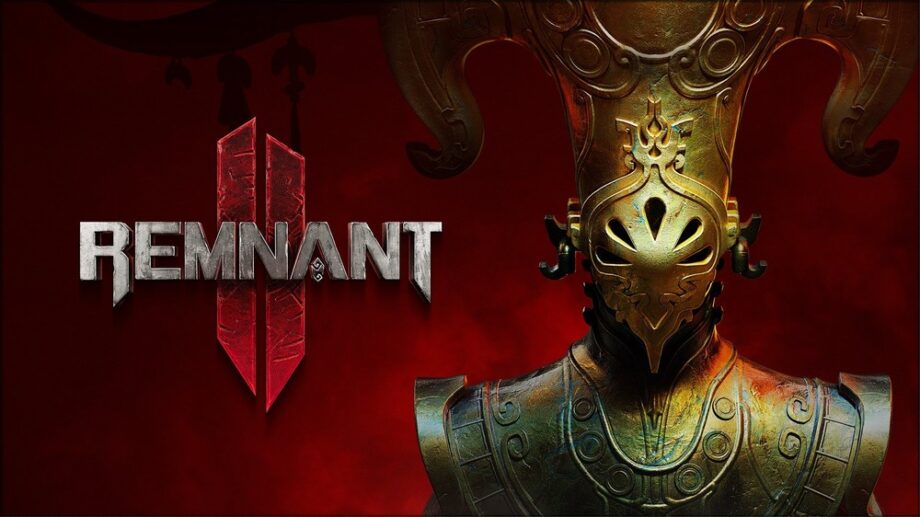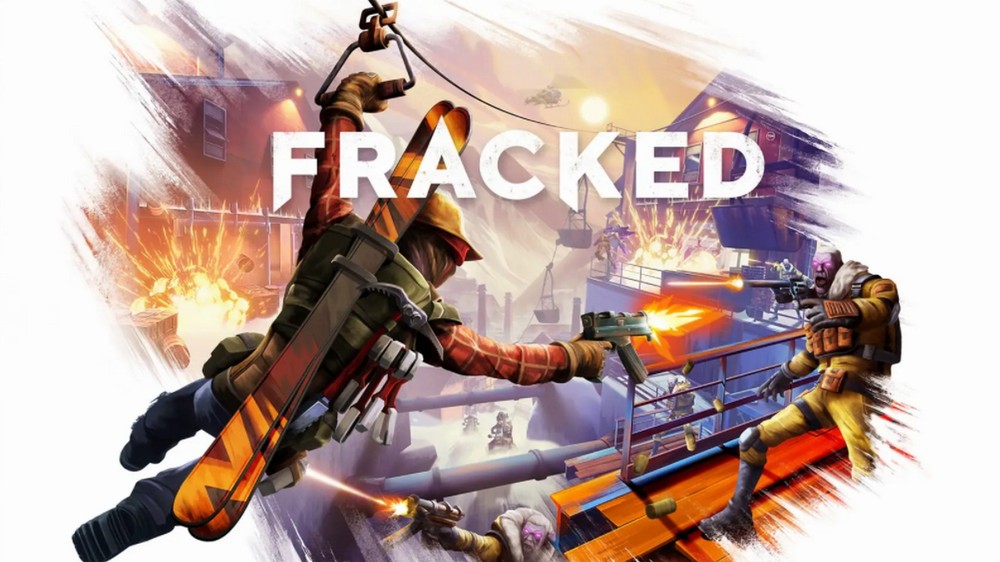The highly anticipated Remnant II, the follow-up to the popular game Remnant: From the Ashes, adds fresh depth and excitement to the Souls-like genre. Remnant II builds on the popularity of its predecessor by enhancing the best aspects of the first game while offering intriguing new features. This in-depth analysis of Remnant II will look into its compelling setting, engaging plot, and distinctive fusion of shooting and RPG aspects that set it apart from other games. So arm yourself with weapons and get ready to explore a post-apocalyptic world where malevolent trees known as The Root pose a menace.
When starting Remnant II, one of the first things that players notice is its amazing visual style. Players go through a multitude of worlds throughout the game, each with its own unique feel and aesthetic. Remnant II is a visual feast for the eyes, from ethereal labyrinths that blur the lines between reality and dreams to gothic landscapes evocative of an H.R. Giger painting. The degree of beauty and detail in each place is extremely astounding, enveloping gamers in a strangely surreal universe.

Remnant II is impressive in more ways than just its aesthetics, though. The scope of the game is evident in the world design alone. Since the levels are produced procedurally, no two plays through are ever the same. This increases the replayability and entices players to return for more. Players like discovering hidden mysteries, completing tasks, and slogging through swarms of monsters as they explore each new location. The dynamic and varied universe of Remnant II is evidence of the game’s dedication to provide a distinctive and captivating experience.
Remnant II has a stronger class structure, which is one of the biggest upgrades. Classes in the original game felt relatively constrained and interchangeable. Gunfire Games has raised the bar for the RPG components in the sequel, though. The five specialty classes available to players are the Medic, Hunter, Challenger, Handler, and Gunslinger. Each class has a unique playstyle, and characters can further specialize into DPS, support, or healing roles by unlocking attributes and skills.
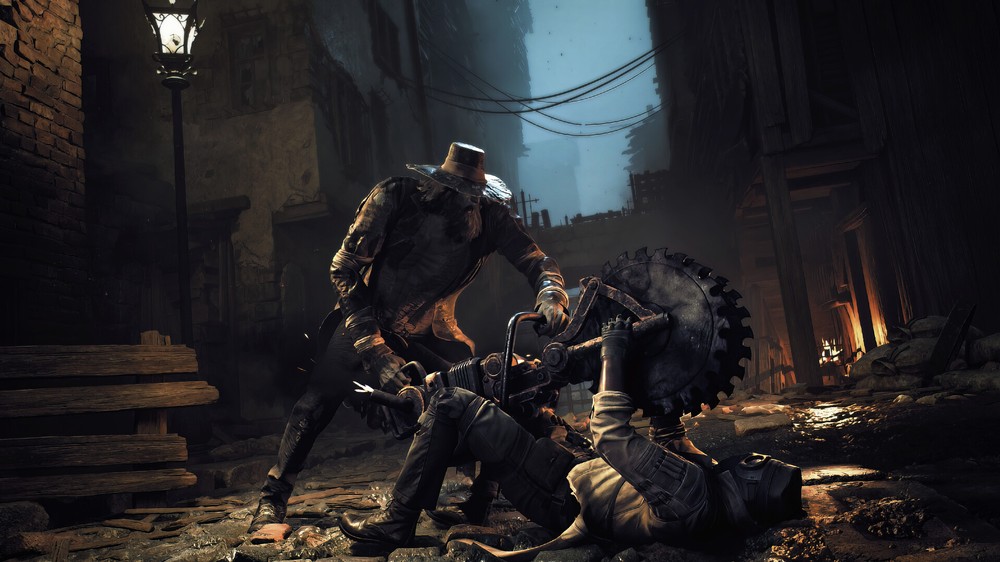
The option to play two classes simultaneously in Remnant II allows for the creation of distinctive and potent builds. For instance, the Gunslinger class has a special skill that permits rapid-fire revolver rounds for significant damage. This class concentrates on high DPS. The Challenger class, on the other hand, thrives in close quarters combat, doing significant damage with shotguns and a huge cleaver. Through a devoted dog companion, the Handler class, which is intended for solitary play, provides healing and defense capabilities. Each gameplay seems new and exciting due to the depth and variety of these classes, and experimenting with alternative pairings increases the game’s replayability.
The outstanding procedural generation system in Remnant II is one of its most notable aspects. Remnant II takes procedural generation to a whole new level, unlike its predecessor, when just dungeon layouts and specific features are altered from game to playthrough. From plots to puzzles, bosses, and crucial pathways, the entire game can differ greatly from one player to the next. This implies that Remnant II feels entirely different after each playthrough.
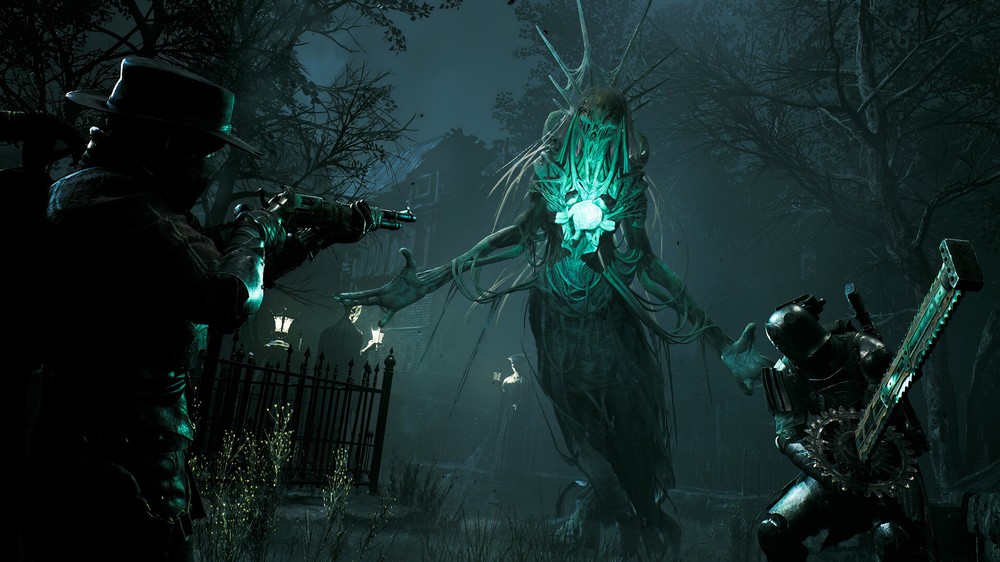
Remnant II’s procedural creation is astonishing in its depth. Every world has its own distinct problems and surprises, keeping players interested and alert at all times. Each setting has a distinctive flavor and keeps players interested, whether it’s a high-fantasy realm with elves and a murder to solve or a spacecraft inhabited by a robot that resembles Gundam Wing. Remnant II has an unrivaled degree of replayability because players can return to it often to engage in fresh plotlines, missions, and encounters.
However, there is a consistent trade-off associated with procedural generation’s enormous scope. Occasionally, the difficulty and player expectations fluctuate randomly in Remnant II. For instance, there is little indication of the complexity of puzzles, which might range from easy jobs to mind-boggling difficulties. This may frustrate players and change the game’s pacing. Additionally, the game’s emphasis on barrages of missiles and enemy spawning can occasionally come across as unfair, particularly when coupled with sluggish fighting mechanisms. These problems make it difficult for Remnant II to establish a steady flow and may make gamers angry.
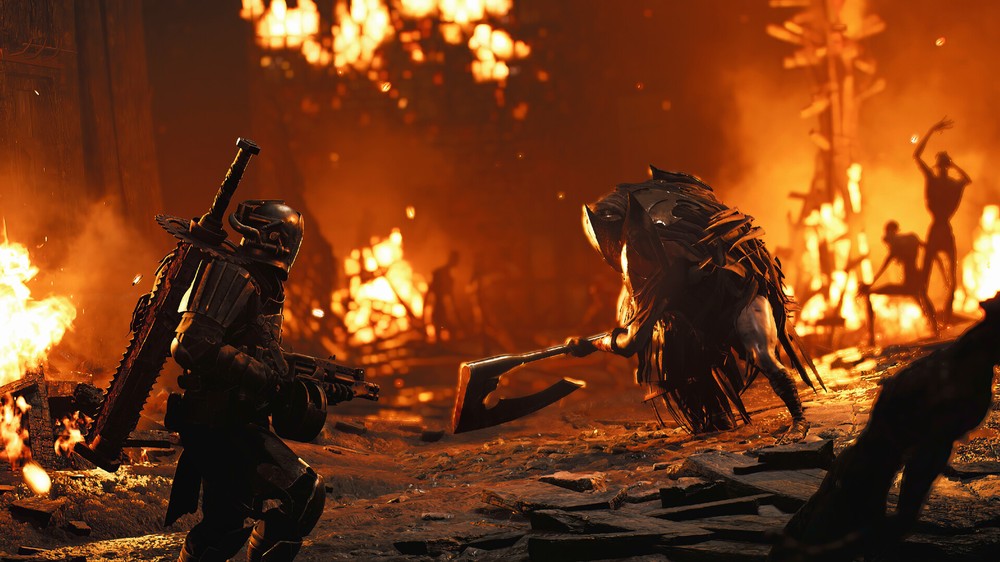
The Souls-like genre has always placed a premium on boss battles, and Remnant II does not disappoint in this regard. The boss fights in the game have undergone substantial enhancements, becoming more difficult and memorable than ever. With distinctive features and challenging fighting situations, every boss encounter feels like a spectacle. The boss battles in Remnant II are a true test of skill and adaptation, requiring players to avoid projectiles that resemble bullet hell and fend against waves of foes.
Remnant II’s “Dark Souls with guns’ ‘ premise, though, can occasionally be too much. The game’s emphasis on barrages of projectiles and the appearance of numerous foes can come out as unfair and unbalanced, especially given how clumsy some of the basic shooting mechanics can be. The wide hitboxes and small margin for error can make for tense situations when winning feels more like a release than a demonstration of talent. It’s important to note that these problems are more severe when playing alone, however co-op mode might lessen the irritation by supplying more assistance and teamwork.
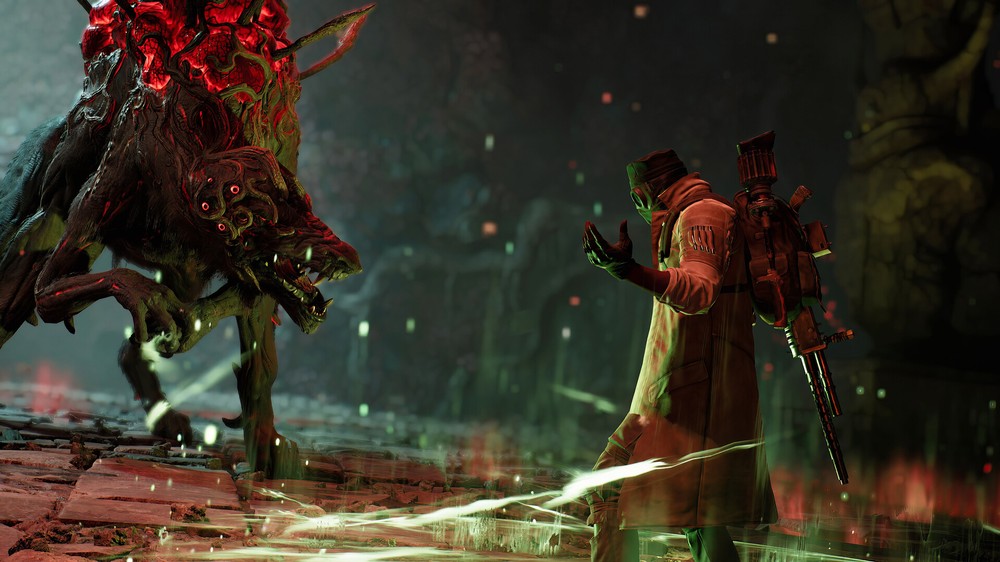
Players in Remnant II have a ton of possibilities for building and personalizing their characters. Players can further refine their builds in addition to the varied class system by choosing from a large selection of weapons, armor, rings, amulets, and mods. The build crafting system in the game is a genuine gold mine of options, offering plenty of chances for experimentation and fine-tuning.
The archetypes in Remnant II feature distinctive skills and passives that may be improved and tailored, such as the Medic and the Hunter. As an archetype advances in level, additional qualities and skills become available, enabling players to customize their characters to fit their chosen playstyles. The build crafting mechanism is further enhanced with hidden archetypes that can be discovered and unlocked through quests. Each playing is different and fascinating due to the vast number of available possibilities and the search for new tools and skills.
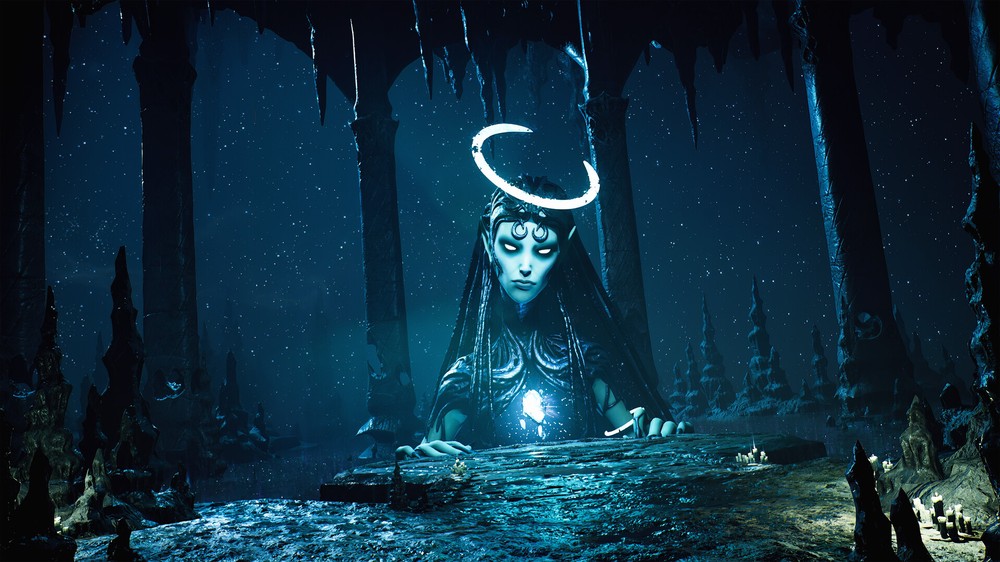
Remnant II delivers a compelling narrative set on a post-apocalyptic Earth, but its gameplay mechanics and customization choices steal the show. The objective of the game is to protect the multiverse from The Root, a dangerous race of trees, in which players take on the role of an anonymous survivor. The plot develops as players travel through various kingdoms, each of which has its own special difficulties and secrets to solve.
In Remnant II, the narrative is surrealistic, evocative, and compelling. The individual stories of each world may take center stage, but the expertly written, bite-sized stories are still more interesting than the main questline. High-fantasy worlds, futuristic kingdoms, and otherworldly settings, each with its own cast of characters and conflicts, will all be present to players. The world-building and lore give the overall experience more complexity, even when the player character may not be much affected by the main tale.
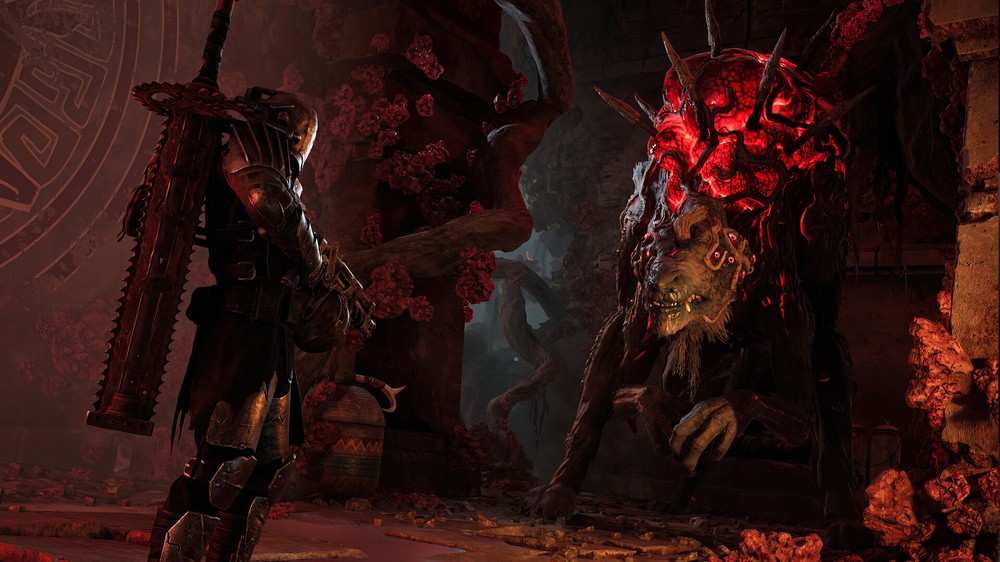
With co-op play in mind, Remnant II enables players to work together with pals for a better experience. Joining a friend’s world offers the chance to help them advance in the game as well as shared rewards and experience points. As players work together to conquer obstacles and synchronize their skills, playing in co-op mode may be a blast. Remnant II’s co-op mode does, however, have several shortcomings. Performance problems, such as framerate hiccups and sporadic disconnects, might hurt the experience as a whole. Combat in co-op may become less balanced as a result of opponent scaling, making it more difficult for lower-level players to keep up with higher-level colleagues. Even while drop-in/drop-out co-op is a nice addition, the co-op experience would benefit from minor changes to enemy scaling.
Remnant II offers a distinctive and compelling experience in the Souls-like genre, building on the success of its predecessor. The game’s breathtaking aesthetics, extensive customizability choices, and dynamically generated levels offer countless gameplay alternatives. Even though there are sporadic problems with difficulty spikes and erratic pacing, Remnant II as a whole is a tribute to Gunfire Games’ effort and imagination. Remnant II provides a tough and gratifying gaming experience, whether you play by yourself or with friends. Players are kept captivated in a post-apocalyptic Earth on the verge of annihilation by the compelling tale and many worlds.
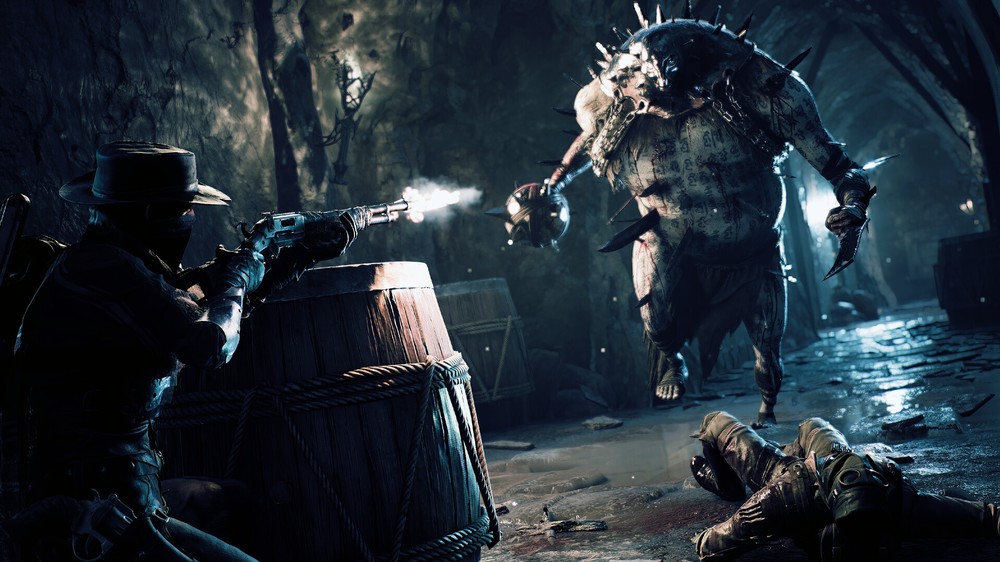
Remnant II is a must-play for lovers of the Souls-like genre thanks to its enhanced combat systems, numerous build crafting choices, and memorable boss confrontations. So, gather your companions, grab your weapons, and set out on an exciting adventure across the mysterious and ominous realm of Remnant II. Will you be the hero who defeats The Root and protects the multiverse? It is up to you to decide the future of humanity.

